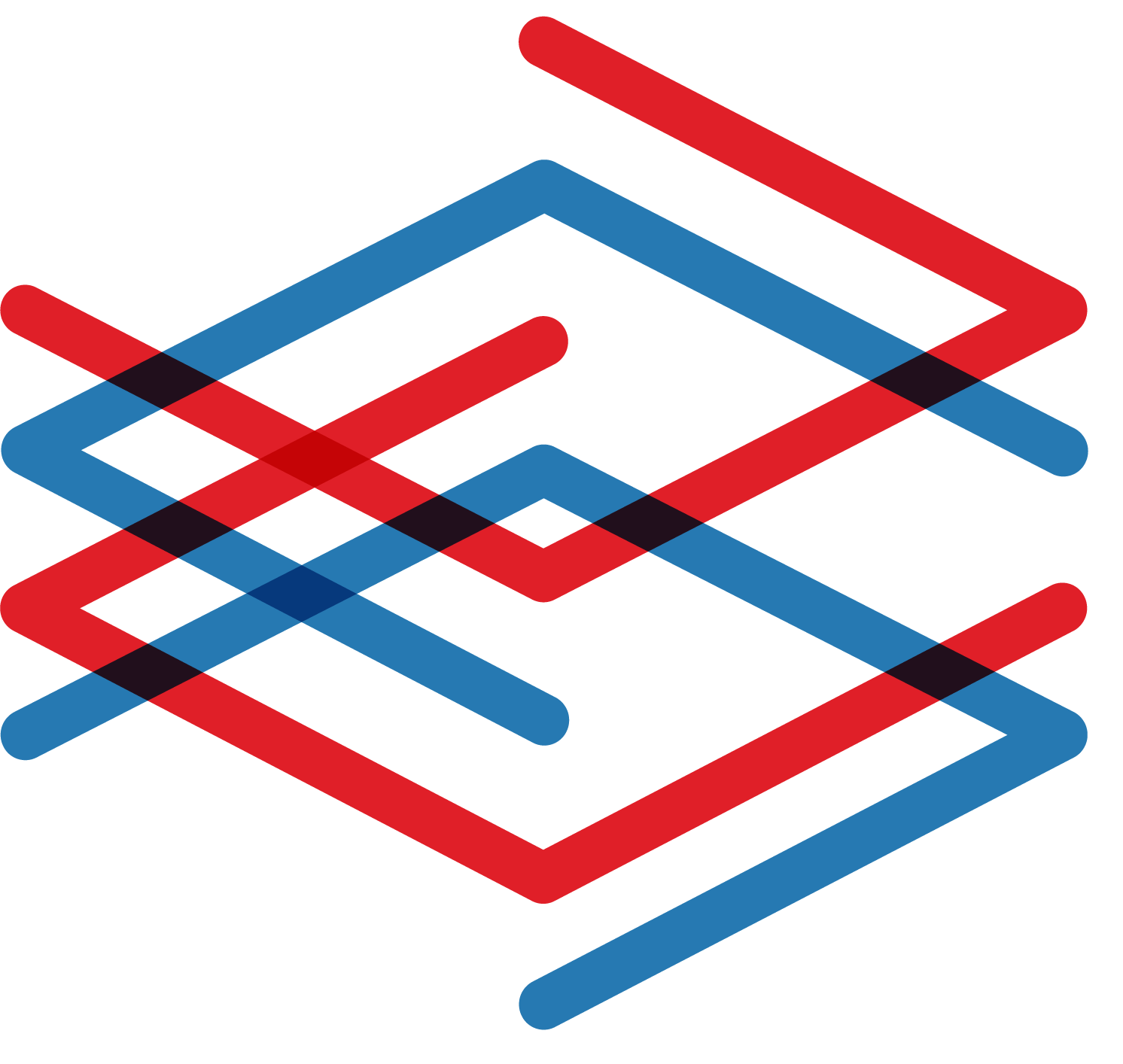CERTainly Secure: Malizen's data-driven approach to incident response
- Lea Deswarte
- Nov 29, 2023
- 3 min read
Let’s focus on CSIRT (Computer Security Incident Response Team) / CERT (Computer Emergency Response Team) in this blog post. Behind these somewhat intimidating acronyms are teams of cybersecurity experts organized to respond to security incidents. Today, we're going to uncover the challenges they face and how we can help them out.
Navigating Incident Response: Understanding CERTs, CSIRTs, and the Difference with SOCs
Incident response practitioners should acknowledge the varying use of terms such as CERT and CSIRT across organizations. These teams, whether permanent or ad hoc, share a common goal: addressing the four phases of incident response outlined in the NIST "Computer Security Incident Handling Guide." Different organizations may prioritize specific aspects. For example, one may focus on policy-driven approaches, while another emphasizes operational tasks such as log analysis and network monitoring.
The Security Operations Center (SOC) has a broader scope than CSIRTs and CERTs. It goes beyond incident response to include monitoring operations, evaluating telemetry, and managing tasks like identity management and forensics. While SOCs are associated with incident response, their operational purpose and scope are typically more extensive. The specific functions depend on the organization's structure and priorities. Amidst the cybersecurity acronyms, the focus remains on the challenges faced by these human teams.
Top Challenges for Incident Response Programs: Insights from CERT Managers
Among the many challenges faced by incident response programs, we focus on the most critical ones identified through discussions with CERT managers.
1. Volume of Risks
The increase in cybersecurity attacks, especially in sensitive industries such as banking and healthcare, is having an impact on IT departments worldwide. As attacks continue to evolve rapidly, the relentless nature of these incidents overwhelms organizations, making it feel like they are trying to stop a tsunami with a sieve.
2. Limited Visibility and Data Correlation
As communication networks become more intricate, encompassing numerous interconnected devices and systems, incident response teams face challenges in understanding and effectively analyzing the vast and complex data landscape. The proliferation of cybersecurity tools further complicates the issue, leading to delayed responses and remediation efforts.
3. Skills Shortage
The scarcity of qualified cybersecurity professionals poses a significant obstacle for organizations. This shortage impedes incident response capabilities, resulting in prolonged response times and heightened vulnerabilities.
4. Budget Constraints
Despite an upward trend in IT and cybersecurity budgets, organizations often find them insufficient. Budgetary constraints are not just standalone challenges but the underlying root cause of many other issues, making incident management programs challenging to implement.
Malizen for Enhanced Cybersecurity Incident Response
To address these challenges and expedite security incident response, Malizen adopts a simple yet groundbreaking approach: leveraging data-driven cybersecurity for quick decision-making. This approach significantly enhances incident response speed, effectiveness, and overall trust and transparency by harnessing the power of data.
1. Unify Cybersecurity Data for Enhanced Threat Detection and Response
Malizen simplifies the analysis of cybersecurity data by unifying information from disparate sources into a single, comprehensive view. This streamlines investigations, facilitates faster in-context analysis, and empowers informed decision-making, ultimately reducing response times.
2. Generate Actionable Insights from Data
Beyond aggregating security logs, Malizen allows users to explore and analyze unified data through an intuitive drag-and-drop data visualization interface. This unique exploration environment eliminates the need for time-consuming manual queries, enabling rapid insights and automated responses to potential threats.
3. AI-Driven Assistance: Empowering Analysts, Accelerating Incident Response
Malizen's AI-powered copilot assists analysts by ingesting and analyzing vast amounts of data, recognizing patterns, and learning from investigative techniques. This human-centric approach expedites the identification, containment, and remediation of incidents while ensuring that final decisions remain in human hands.
4. Unleash the Power of Teamwork
Effective incident response relies on seamless collaboration and communication among diverse experts. Malizen introduces a collaborative investigation module that facilitates the exchange of leads and knowledge sharing among analysts, streamlining incident response efforts.
In conclusion, Malizen's innovative approach, leveraging data-driven insights, intuitive interfaces, and seamless collaboration, significantly enhances cybersecurity incident response capabilities even within the constraints of larger IT and cybersecurity budgets.



